Instagram’s known for engagement. Some 5x that of Facebook. But what you don’t know is how it excels at driving product sales, too, which is why it’s so important to make the most of Instagram eCommerce strategies.
Quick, without looking — what’s your mobile conversion rate? A paltry 1.55% on average?
Compare that to the more than one-third of Instagram users who purchase products on their mobile devices. (Which places them at 70% more likely to do mobile purchases than non-Instagrammers.)
Instagram users also spend the most coin per order, too. Their $65 bucks per order is more than Pinterest, Facebook, Twitter, YouTube, and LinkedIn.
Oh. And mobile-first Instagram is also killing the competition in driving ad revenues, outpacing both Google and Twitter despite only being around a fraction of the same time. Not bad for a platform that didn’t even exist before 2010!
So it’s about time you discover how to start selling more products by following these seven Instagram eCommerce strategies.
1. Start with Audience Targeting
The first step in any social ad campaign is to first select your objective.
That’s poignant because there are some things that stand the test of time, no matter what year it is or what platform we’re talkin’.
The two biggest drivers of your conversion rate include:
- Your audience targeting.
- The offer you’re sending them.
Instagram ads feature the same interest-based targeting you’d use on Facebook to reach new audiences who’ve never been to your website or even engaged with your profile before.
So you’d take a similar approach, layering in different demographics and interests and exclusions until you arrive at an audience size that fits within your budget.
You save the winning audiences and build out closely related lookalike audiences to scale your top of the funnel results.
BUT.
There’s a common pitfall if you’re not careful. It’s like a hidden landmine that’s out of sight, out of mind.
And fortunately, Johnathan Dane from KlientBoost is helpful enough to point it out before it’s too late:
“This is going to sound a bit complex, but it’s the blueprint we use at KlientBoost and continues to work very well:
For lookalike and saved audiences (not custom ones), always consider that what you’re asking your target audience to do is not going to get a conversion on the first impression.
You’re much better off asking for a smaller request first, and then use your thank you page, email, and new custom audiences to push those converters on to the next step towards your core conversion goal.”
He’s referring to the potential threat people feel when you use a bottom of the funnel offer (like a product sale) to a brand new, cold audience who lacks that intent.
So instead of leading with the new $100 pair of jeans to cold, top of the funnel audiences, go with a newsletter opt-in first.
If you sell product subscriptions, your first step is to simply get the app install.
Then once you’ve got them on the hook, come back later when they’re ready to reel them in with a purchase (seamlessly switching over to custom audience targeting and updating the offers you’re sending them).
Not exactly sure exactly what’s going to work best?
No problem.
Test your potential creative organically first, before coming back to double down with your Instagram eCommerce ad budget.
2. Test Your Creative & Products Organically Before Doubling Down with Paid
People like looking at other real people.
That’s the rule of thumb, anyway.
Of course, that’s also not enough.
You’re eventually going to need to show products and scenery to move the needle.
But how do you know which creative works best? How do you know?
The short answer is you don’t. Not until you test it first.
That’s what Walls Need Love struggled with initially, too. They started off strong by partnering with influencers to create excellent content (more on that in the next section).
But then they ran into a wall (pun intended) when it came time to pour gas (spend) on the fire (ads).
So they took to their organic following, first, running new ad creative variations across them before watching the analytics for discernable trends to pluck out.
That’s when their analytics team figured out that “light and air pictures get the most likes on Instagram.”
So that’s what they went for:
Those all look pretty “light and airy” to me!
Turns out, marketing ain’t that hard after all. See what your audience wants and then give it to them.
But this is just scratching the surface.
Let’s go all-in, bypassing the eCommerce store entirely to see which products sell best.
Smack Store lists a Whatsapp number in their bio that people can use to send a direct message to buy products instantly.
Check out MadeWell’s Instagram bio to see something similar.
See a look or product you like while scrolling through their feed?
Simply click on their Like2Buy link…
… and boom:
The same exact feed, but shoppable.
It feels much more like true Instagram ecommerce.
Now you can see which products get the most views and purchases before embarking on a big paid campaign.
The best part? You can go back to create lookalike audiences based off who’s interacting with your Like2Buy store.
3. Double Down on Influencers
People find new products in one of two ways.
Both of which illustrated on the far left of Google’s Customer Journey to Online Purchase visualization:
People find new products through display ads and social. Those two things just so happen to be blending together right now, too.
Here’s why.
The first is because of banner blindness. The second is ad blockers. And the third is that people trust peers over brand messages.
The solution? Branded content.
Still advertising, albeit through indirect partnerships to increase brand awareness and boost eCommerce sales.
Get your feet wet with BrandSnob, a DIY tool to search from over 2,000 influencers that can expose you to 350,000,000 Instagram followers.
Getting started is as easy as they come. Download the app, swipe left or right like you’re looking for your next Tinder date, and negotiate with the influencer on the terms or payment.
One level up the influencer food chain is the Tribe Group which inverts the process, having brands (that’s you) submit information that the influencers can then decide if you’re their type (or not).
Once again, costs are extremely affordable considering the distribution. Pay per post (or pay for a few posts) to see which creative or products take off. (Before later retargeting those influencer’s fans who checked you out.)
Last but not least, Whalar provides access to the cream of the influencer crop. These are self-described “Pro Influencers” (as if there was such a thing) who tend to be a little more choosy between brands and campaigns to partner with.
4. Hone in on Your Audience(s)
Most product companies have multiple audiences.
They have multiple personas or customer segments that each buy different products for different reasons.
That’s a problem.
Because it means that you’re going to need to target multiple audiences for your ad campaigns, too.
A single custom audience (in the next step) is fruitless if it’s full of these competing interests.
Fortunately, there are a few solutions.
The first is an OCD-level hierarchy. For example, go ahead and Google “Gap Instagram” right now, I dare you.
‘Cause you’re gonna see something nuts that resembles this:
I think their Instagram profiles might even have their own Instagram profiles, too.
But there is some logic when you dig deep.
Check out Gap Kids for example:
Exactly what you’d expect, right?!
The content is extremely well tailored for a very specific audience. So it works. (Despite all of the extra admin hassle on the backend.)
This also helps you laser target ad campaigns for both interest-based audiences (see #1) and custom ones for product purchases (#5 below).
Compare that last example to this adult Gap version to immediately notice the difference:
The products are wildly different, as is the mood and stylistic, creative decisions.
This is an example of funnel segmentation at its finest, isolating the variables to help you segment audiences as soon as they give you an indication of which camp they’re in (parents searching for young kids or adults searching for… ugly 90’s clothing?!).
That click, profile engagement, product view, or website visit is the trigger you need to take your ad campaigns to the next level.
5. Now Segment Audiences to Go for the Kill
You’ve been laying the groundwork for four steps so far.
Instagram is similar to big brother Facebook like that. Seduction and foreplay need to fill the void left in the absence of intent.
But now you’ve done it. The hard work is finished.
Almost.
Take it over Aaron Orendorff of iconiContent:
“Developing an Instagram ecommerce strategy has to rest on a foundation of organic engagement. While Instagram is one of the few social platforms that loves branded content and product posts, it, unfortunately, has notoriously low conversion rates from clickthroughs.
For ads, combining your Instagram engagements with Facebook marketing takes advantage of Facebook’s native selling capabilities and higher onsite conversion rates.
You can do this either through:
- Retargeted ads from people who visit your site through an Instagram story or ad or
- By creating a custom audience based on Instagram engagement.”
And there it is. The coup de grâce.
Digital advertising’s saving grace is personalization.
You’ve got nothing at first. That’s why you’ve spent the last four steps building up to this.
But every hint and clue and click now get neatly compiled for you, silently in the background.
Then you can go back to what you’ve already learned this far:
- Which offers works best, when
- What creative variations resonate most
- Which products consume attention
- What influencers transform eyeballs into credit cards
- What personas buy which products
Now you just put the pieces together based on what you know already works.
Now that you have a solid understanding of how to use ads for Instagram eCommerce, here are a couple of additional steps you can take to level up your sales strategy…
Take Advantage of Native Instagram eCommerce Capabilities
Although Google and Facebook have long been shoppable, Instagram eCommerce options have been very limited.
Online stores on the platform had few real options outside of conventional digital ads.
Thankfully, there is now a great way to sell on Instagram!
Last year, Instagram rolled out its native shopping feature globally, allowing business accounts to shine a spotlight on their products in posts and Stories.
While many Instagram users discover products and brands through the platform, there were few ways to directly sell on the social network.
Historically, Instagram eCommerce operators who wanted to drive traffic to their online store had no choice but to rely on sending users to click the “link in the bio.”
But shoppable media has become a game-changing feature on the platform.
Now, if an Instagram user sees a product they like on their timeline, they can just tap it, and with only a couple of additional clicks be purchasing the product directly on your eCommerce site.
Shoppable posts give your target audience a direct method of buying your products on Instagram. All you have to do is tag products in your posts to let users learn more about your offerings in their feeds.
Once you set up shoppable tags for Instagram eCommerce (we’ll explain how to do this in a minute), a shopping bag will appear in the lower left-hand corner of each shoppable image, as shown in the Pottery Barn post below.
When users hover over the image, tags will be displayed featuring a product label and its cost, like they are here:
Once the tags pop up, Instagrammers can click them to learn more about the featured products.
If users want to purchase what they see, they simply have to click on the tag to be taken straight to the product page.
This streamlined approach to Instagram eCommerce makes for a seamless shopping experience in Instagrammers’ native environment. Prospective buyers only have to look, tap and shop, which makes for a smooth progression from browsing to shopping.
Here’s how to set up shoppable posts for Instagram eCommerce:
-
Step 1. Create a product catalog on Facebook.
Start by using the Shopping Facebook page template, which can be found under Settings, then Edit Page, then Templates.
-
Step 2. Go to the Shop section in Facebook Shopping attributes.
Select “Add Product” and follow the instructions for uploading images of your products. Then add prices, product descriptions, and URLs of the product page on your eCommerce site.
Step 3. Wait to be approved by Facebook.
The process can take anywhere from a few hours to a couple of days.
If you have multiple catalogs for different product lines or different businesses, consider using Facebook Business Manager to create your catalogs (you can also create a shop through ecommerce tools like BigCommerce and Shopify).
Step 4. Add shoppable tags to your posts.
After being notified by Instagram that your account has been approved, it’s time to start placing shoppable tags in your posts and Stories. It’s easy to do.
Just open the Instagram app and select Settings, then Business, then Shopping.
Then choose the catalog you created on Facebook and press Done.
Now you can now begin tagging posts and Stories with products from your catalog.
When creating or editing a post, just select “Tag Products,” then tap on any product in the image and tag it with a label from your Facebook product catalog.
Right now, Instagram lets you tag up to five products per image (or up to 20 products per Story carousel).
But keep in mind that when tagging more than one product in an image, you have to be sure that tags touch the correct item, so you don’t leave potential shoppers confused about which tag correlates to which product.
Once you’ve added all the desired tags, just tap “Preview,” then share the post as usual.
You’re done! It’s that easy!
Shoppable tags are a great start, but they are probably only a sign of things to come.
Here’s some really great news:
The word is the photo and video-sharing network has plans to launch its own standalone eCommerce app, which could be called IG Shopping, according to a report in The Verge. That would open up a whole world to advertisers!
Of course, we’ll be sure to keep you informed as things develop.
Finally, no discussion of Instagram eCommerce is complete without talking about content, which brings us to the final piece of the puzzle…
7. Use Content Marketing to Support Your Instagram eCommerce Business
Another often-overlooked way to promote Instagram eCommerce sales (indirectly, but powerfully) is to step up your content game.
Whether you’re talking about stunning images, eye-popping videos or brilliant captions, content is what truly allows brands to stand out from the pack on Instagram.
The key to using content to bolster Instagram eCommerce sales is to start thinking of ways to promote and showcase your brand, not just your products.
If your approach to content involves posting a never-ending stream of shamelessly promotional product images, expect to fail.
Many users who find their feeds clogged with pictures pushing products will end up unfollowing you, hurting engagement, click-throughs and, ultimately, your Instagram eCommerce sales.
Want an example to follow?
Toymaker Lego puts out what’s arguably some of the best non-pushy Instagram content that fuels brand awareness, loyalty, and sales — both online and offline.
Anything but child’s play, their fun take on pop culture and life transcends product pitches, touching the worlds of Hollywood films, gaming, sports, and popular hobbies.
Instagram provides opportunities to use a broad range of content, so it’s crucial to use them properly to allow users to connect with your brand.
Here are some better options than just feeding your followers a steady diet of product pics.
Use Captions
Instagram may be a predominantly visual platform but that doesn’t mean that words don’t matter.
In fact, post captions are a vital part of giving the images and videos you share proper context and can even help them to shine.
Take, for example, this beautifully written caption…

Although you’ll probably never be able to reach those caption-writing heights, you can emulate them and borrow some surefire caption strategies used by the best brands and marketers.
When it comes to Instagram eCommerce, great captions tell stories, ask questions that make followers want to offer their input (likes and comments), attract attention, inspire thought, and even take action.
In the above post, Nike teases with an inspiring story about Irem Yaman, a Taekwondo athlete pursuing a gold medal, prompting users to see more on the brand’s IGTV channel.
There is no single secret to success with captions. It all depends on your brand and goals. But one thing that’s true for all captions is that they should include appropriate mentions.
That means mentioning people who appear in images (Louis Vuitton took things a step further by tagging the model appearing in the above photo). It also means giving credit to people who provided the photo or who are in some way associated with the story you’re telling.
You should also add relevant hashtags, fun emojis or even a call to action if appropriate. But don’t go overboard. There’s a 2,200-character limit for captions.
Use Filters
Now you can enhance your photos and Stories with Instagram’s answer to Snapchat‘s geofilters.
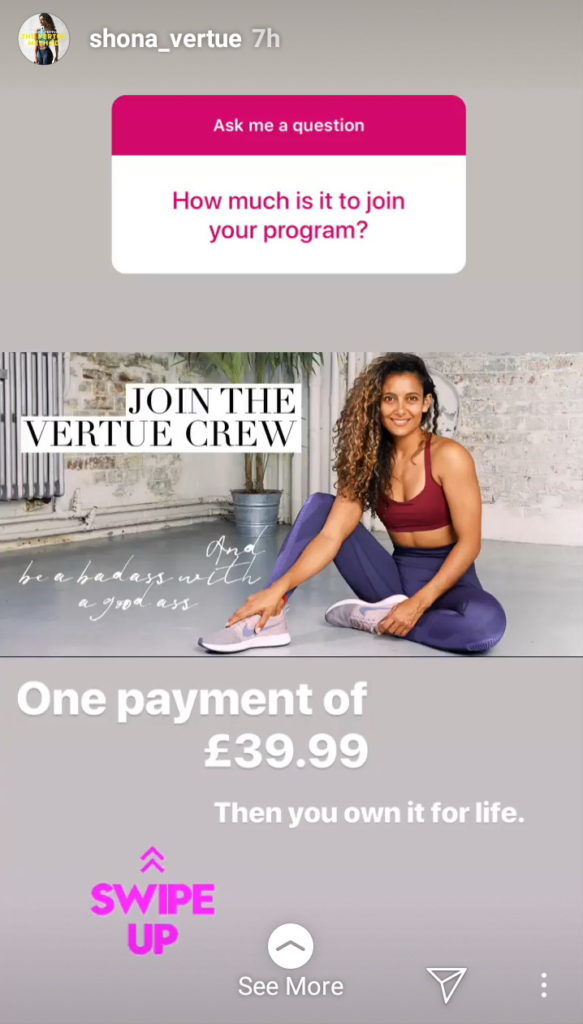
Follow her lead and use these filters (located in the app’s camera screen) to give your photo and video posts more punch. Try:
Use Stickers
Provide context (like time, location or weather) or bring a touch of additional color and life by adding stickers in different styles and locations. Seasonal and holiday-related stickers can be used to promote shopping events, specials, and sales. And question stickers are great ways to get a conversation started around your products.
Use Drawings
Brands can use drawings to show their creativity and connect with their target audience. You can draw over Instagram images by simply tapping the marker icon next to the text box option, which offers the choice of a pen, highlighter or bordered ‘neon pen.’
Use Text Overlay
Overlay text in a range of fonts and sizes can be added to images and videos.
It’s a great way to integrate custom CTAs into posts.
Use Content Marketing
No matter what you sell in your eCommerce store, on Instagram you have to keep your content useful, entertaining, engaging and inspiring.

Here are a few content themes to use to promote your brand and get more eyes on your eCommerce offerings:
- Lifestyle imagery: Show your eCommerce products in real-world situations to allow potential buyers to visualize how they can be used in their own lives.
- Behind-the-scenes peeks: Show your Instagram followers what goes on behind the scenes at your business (or, if you’re B2B, in your customers’ businesses).
- Meet and greet: Let people get to know you and or key members of your team by virtually introducing them to your followers.
- User-generated content: Two of the brands mentioned earlier, Pottery Barn and Lego, both provide ways for users to share their content (using branded hashtags). Why? Because nobody is a better salesperson than satisfied customers and passionate users.
- Customer reviews: Highlight positive reviews, testimonials and customer stories to show (not tell) how great your products are. Why blow your own horn when someone else will for you?
- Informative and educational content: Keep your followers “in the know” with posts that explain, teach or show them something they don’t already know.
- Company cultural insights: Show people what your brand stands for and what it values by showcasing your company culture and building a community with like-minded Instagram users.
- Fun: Let everyone know that you’re about much more than business. Life is serious enough, so give your followers a chance to lighten up with some humor and good, clean fun.
- Takeovers: Give brand ambassadors, industry influencers or high-profile bloggers the opportunity to take over your account and post content for a few days. Not only will it be a nice change of pace for your feed; you’ll also get exposure to a whole new audience (through their followers).
- Contests: Build excitement and give your followers a reason to stay tuned with periodic contests and giveaways. Offering something for nothing is a great way to build brand awareness, promote positive sentiment and boost engagement.
These content marketing strategies will give you a tactical advantage over the competition in your Instagram eCommerce efforts.
Conclusion
Instagram users spend the most per order of any social network. And they convert higher on mobile devices than any other platform as well.
The downside?
Instagram users aren’t necessarily primed to buy. That’s not their first inclination. It’s something that’s starting to change but it still takes a little wine, Marvin Gaye, and roses to set the mood first.
That means an Instagram sales funnel.
It means teasing new top of the funnel audiences.
It means testing new creative options with your organic audience before pouring an ad budget behind the winners.
It means working with influencers to help test distribution channels and campaign messaging.
It means cleverly segmenting your users to identify who’s interested in which products, and why.
It also means fine-tuning your content to get and keep prospects interested.
And most of all, it means running through all of these intermediate steps so that you can quietly build out custom audiences in the background that will allow you to eventually laser-target specific products to specific people.
It’s not fast. Or necessarily easy. But it is effective. And profitable.
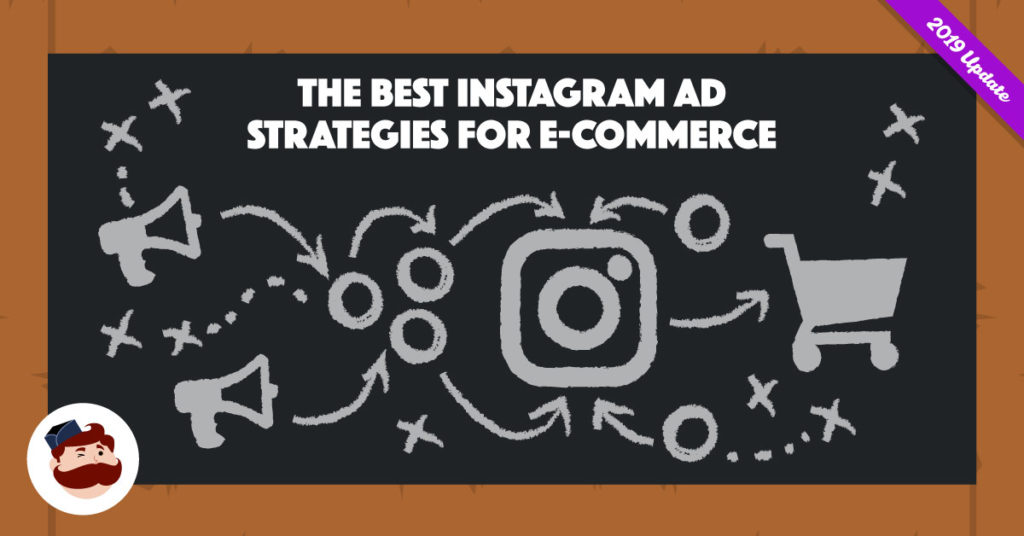


 “This is going to sound a bit complex, but it’s the blueprint we use at KlientBoost and continues to work very well:
“This is going to sound a bit complex, but it’s the blueprint we use at KlientBoost and continues to work very well:

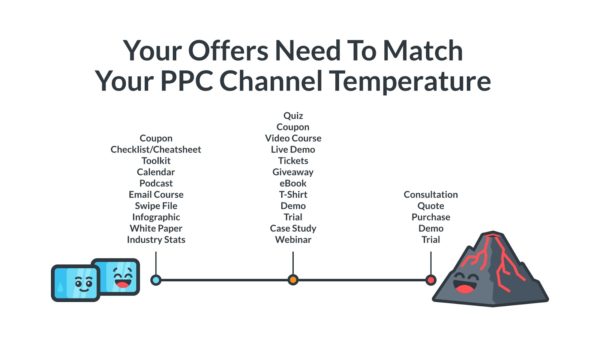




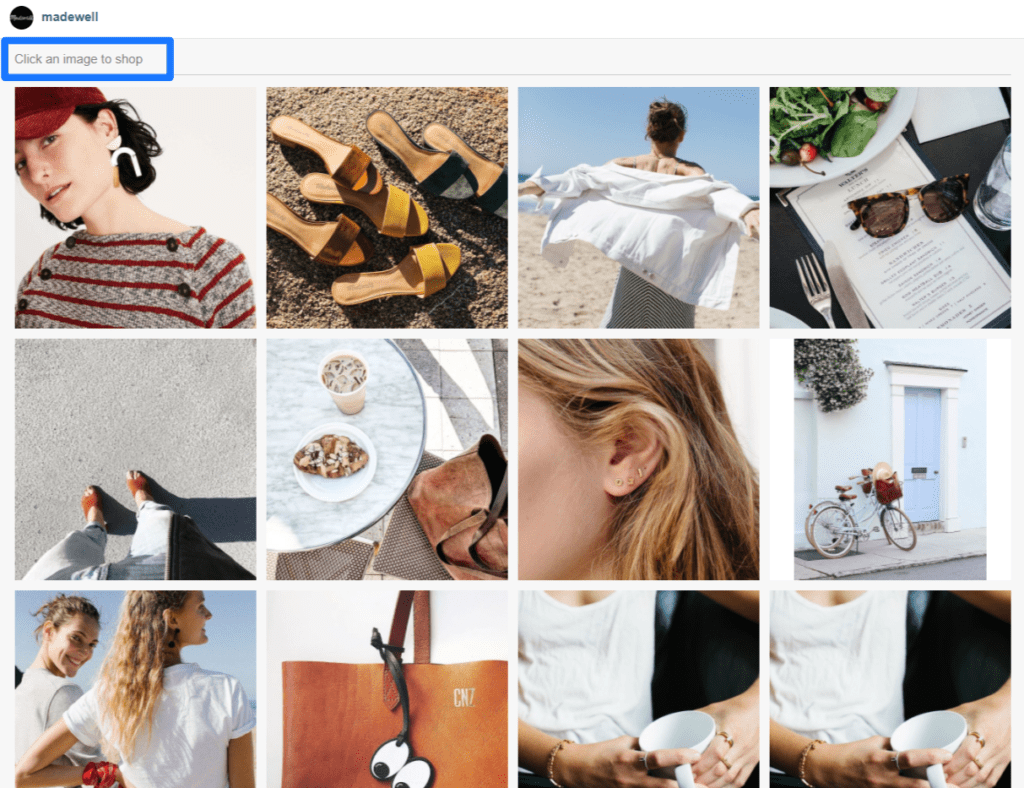







 “Developing an Instagram ecommerce strategy has to rest on a foundation of organic engagement. While Instagram is one of the few social platforms that loves branded content and product posts, it, unfortunately, has notoriously low conversion rates from clickthroughs.
“Developing an Instagram ecommerce strategy has to rest on a foundation of organic engagement. While Instagram is one of the few social platforms that loves branded content and product posts, it, unfortunately, has notoriously low conversion rates from clickthroughs.

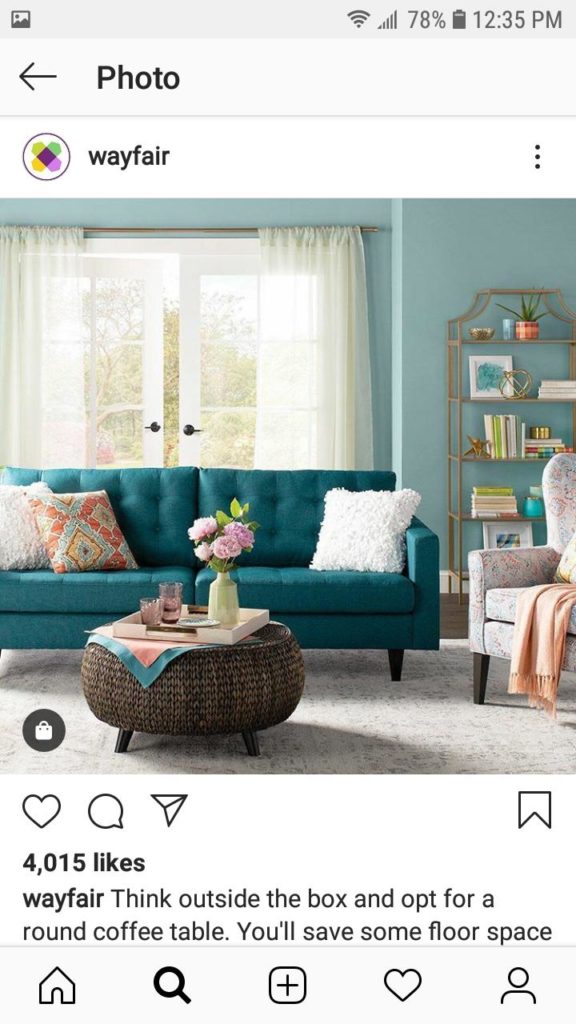
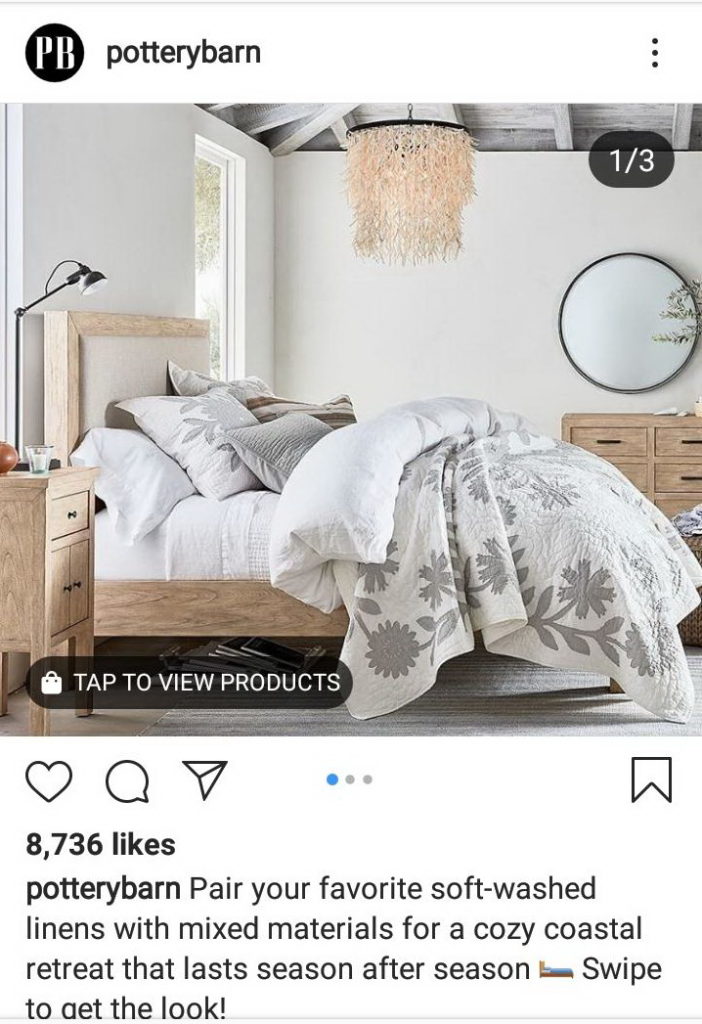
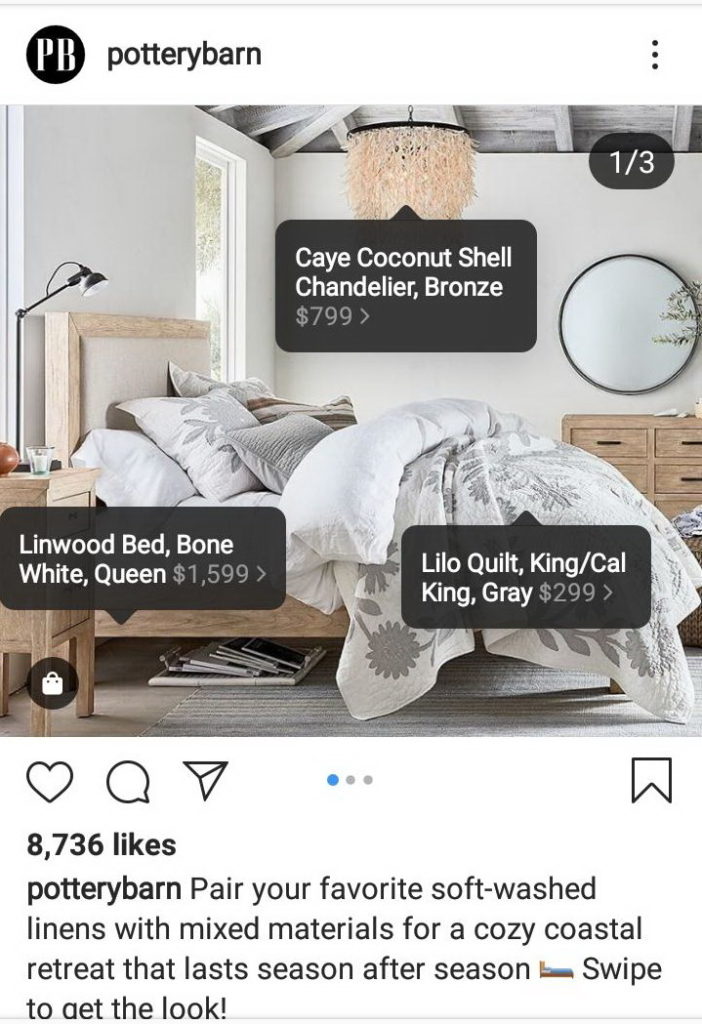


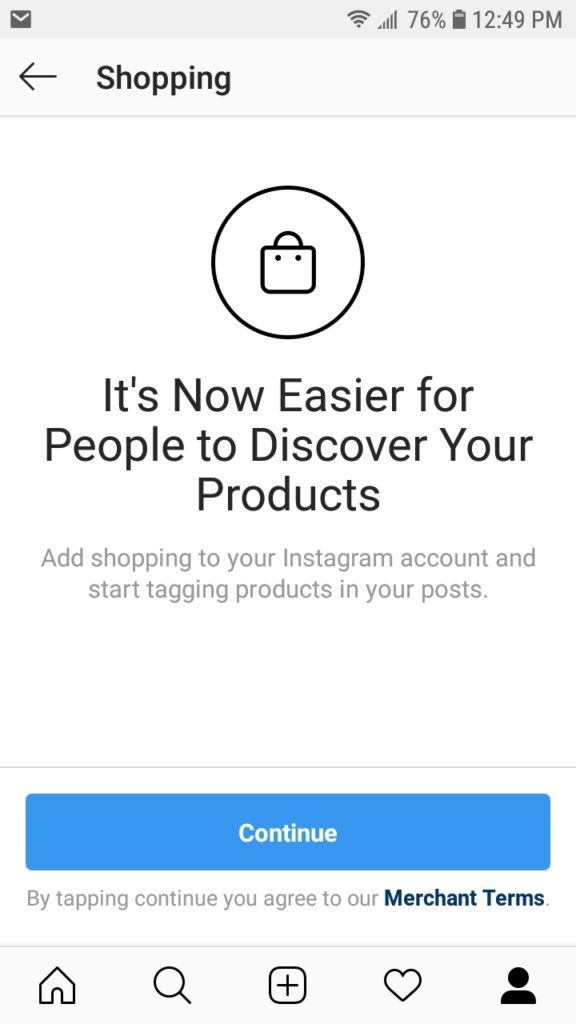



thanks for Instagram ad strategy.
I see a ton of people using Instagram to make boat loads of money with eCommerce. The next biz I launch will be a service-based biz that I might try some of these strategies with. Thanks for the great article.
Hi, it’s a great article,
Thanks for sharing information, I’m a beginner digital marketing. maybe with me reading your article this gives me some additional knowledge. and I hope this can help me
Very informative & keep sharing, You are a student and don’t know how to earn? So don’t worry Now, you can Make Money As A Student easily.
Nice article — found really helpful, Thanks!
awesome article, thnaks for your knowledge
Instagram seems like an effective platform for eCommerce entrepreneurs that offers a lot of potential for marketing and conversions. In my opinion, if ecommerce store owners play their cards right, their stores can become sale machines.